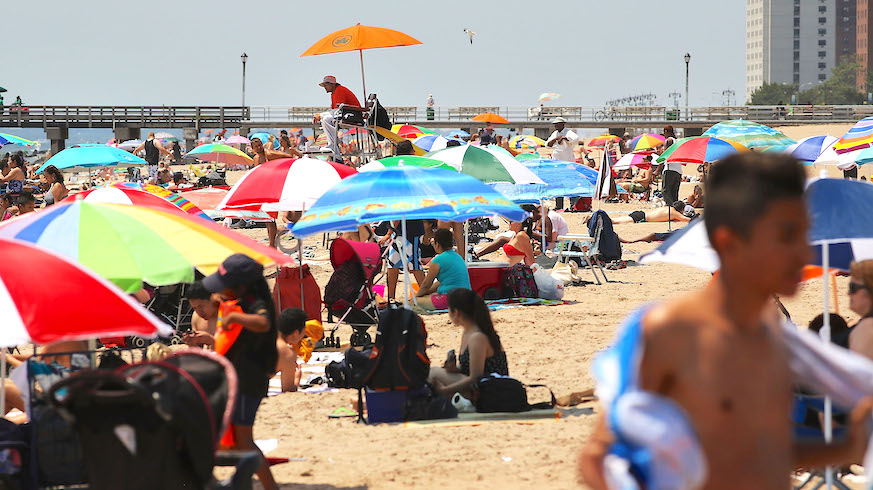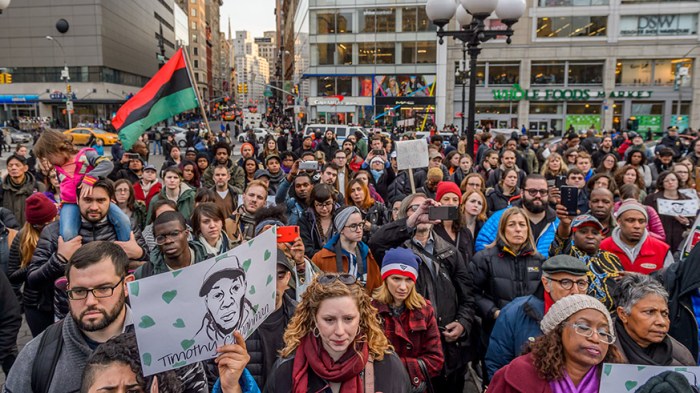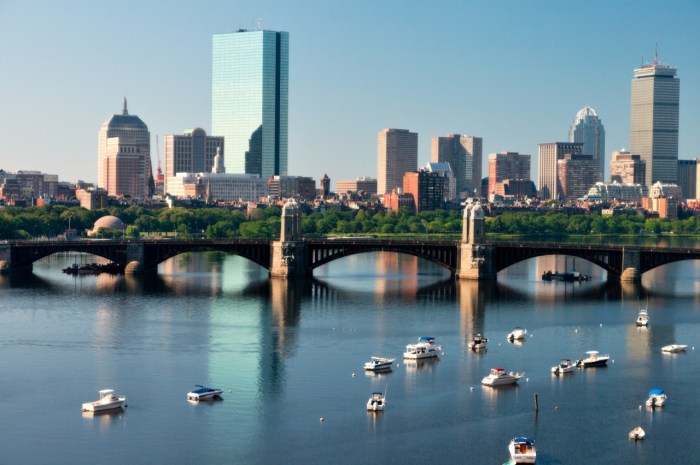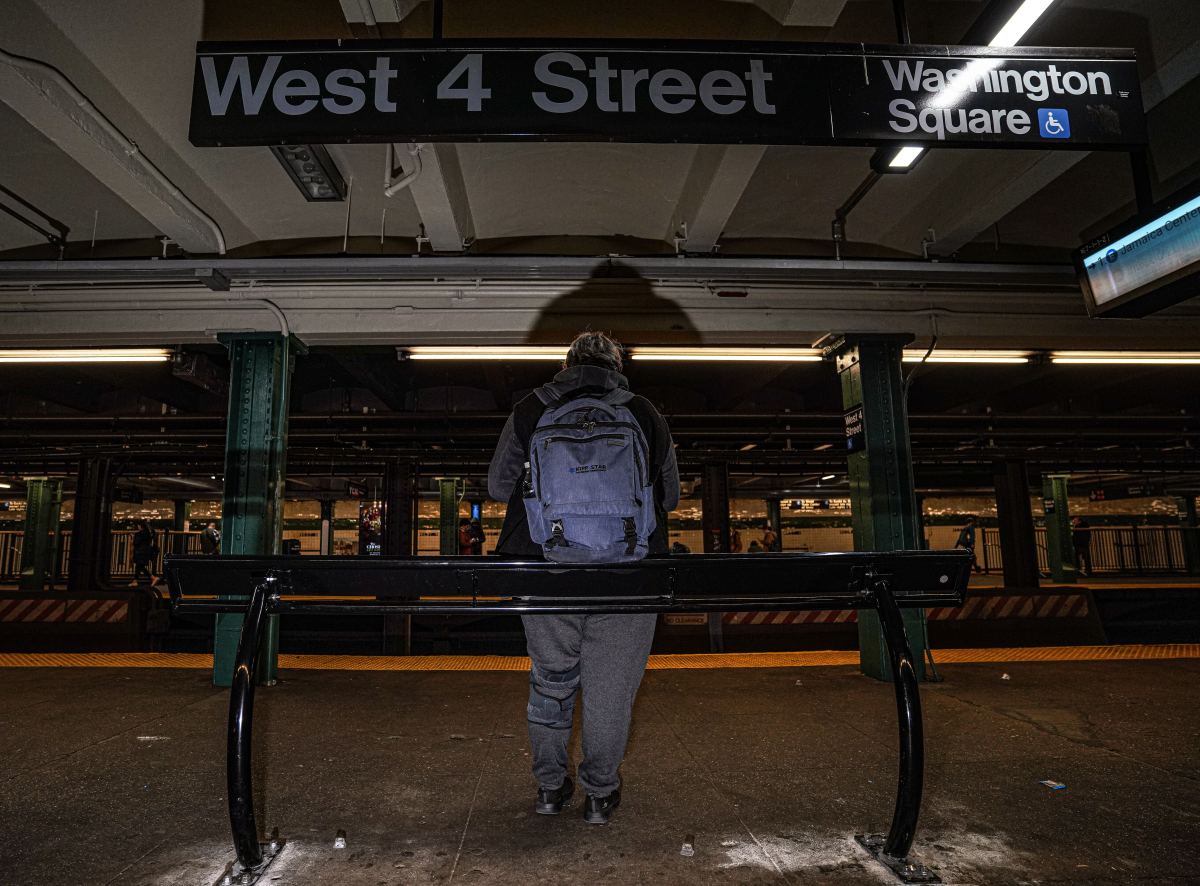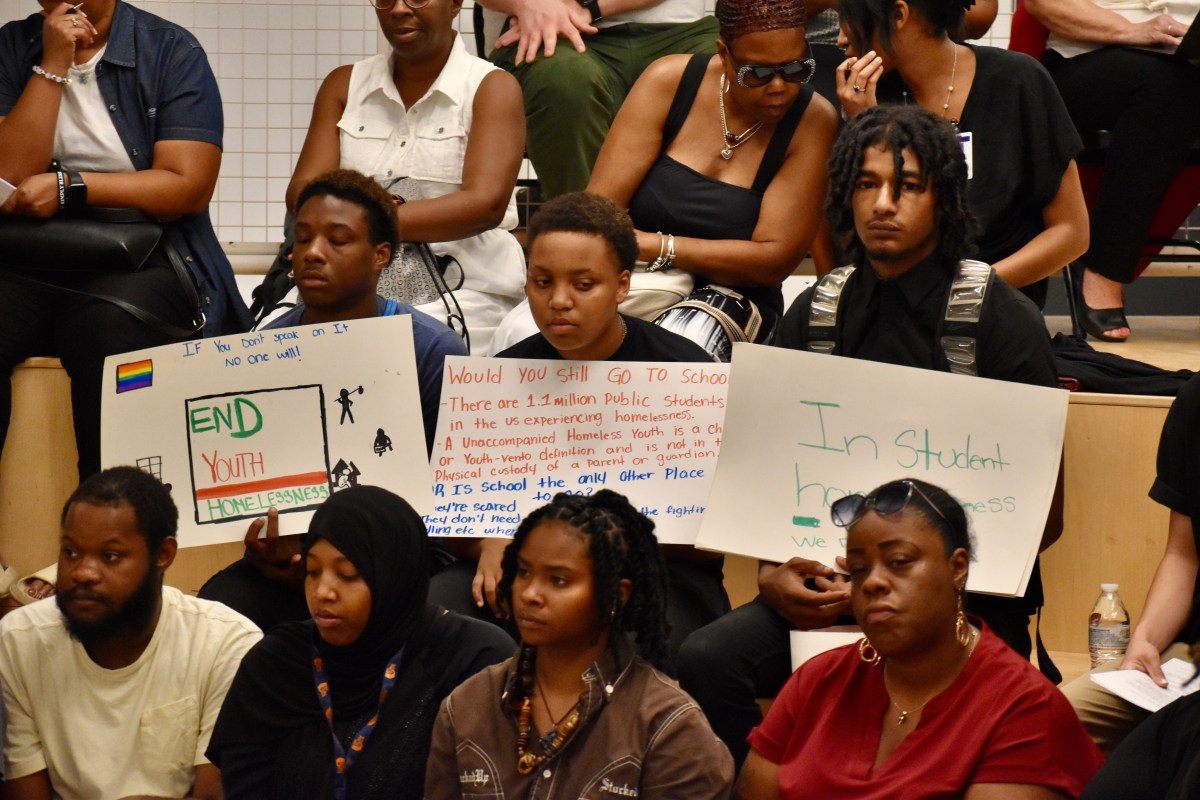DNCE’s request for Cake By the Ocean may be a metaphor, but we now live in a world where you can get pizza on the beach — or the park, or a random street corner.
Domino’s has expanded its delivery service to basically anywhere. The new Hotspots program, which launched this week possibly to coincide with the improving weather, can deliver a pizza to you at 150,000 outdoor locations nationwide. In New York, those include the end of every street heading to Coney Island Beach, Lasker Rink at the north end of Central Park, the basketball court at NYCHA’s Wyckoff Gardens Colony in Brooklyn and the Queens Public Library on 55th Street.
Setting aside whether easier access to Domino’s pizza is a good thing, there’s a bigger question. Is all this convenience a good thing?
We’re living in the Age of Convenience, when companies are working hard to make the dream of getting whatever you want whenever you want a reality. UberEats can already deliver to you curbside anywhere, while Amazon Prime Air continues to develop a drone delivery service promising any item in 30 minutes or less — the same delivery promise Domino’s made until the mid-’90s.
This all sounds great in theory. How amazing would it be to crave a burrito and have one in your hand after a few well-placed clicks wherever you are? But the reality is this hurts local restaurants and, ultimately, you.
Instead of walking down the street to get that burrito at a local taqueria, you choose to order from whichever restaurant — and it’s probably going to be a national chain — will bring it to your park bench, coffee shop seat or library steps.
The effect of delivery services on restaurants continues to be debated. Companies like Grubhug Seamless, DoorDash and Postmates argue they help raise restaurant revenues; restaurateurs say they’re having to fork over up to 20% of the price of a dish in an industry where profits are well below 10% for most eateries.
But let’s make this personal. Consider the potential cost to our culinary variety when anything can be delivered anywhere. Do we want all our food to come from a series of industrial kitchens, primarily engineered not to be delicious but to travel well?
All of these services to make our lives easier — delivery, personal assistants like Apple’s Siri and Alexa, etc. — has spurred plenty of self-reflection about the tyranny of convenience. Most recently, the New York Times’ Tim Wu ruminated on the cost to our very souls: “Convenience seems to make our decisions for us, trumping what we like to imagine are our true preferences.” But to fight it — those who aren’t on social media or prefer to read print newspapers or books — are seen as violating norms and mocked with nicknames like luddite.
So next time you need a pizza, or any other food, think about taking a walk down your block after work and picking one up from a local store instead of opening an app. Or if you must, consider one with better corporate policies like the local pizzeria app Slice.

